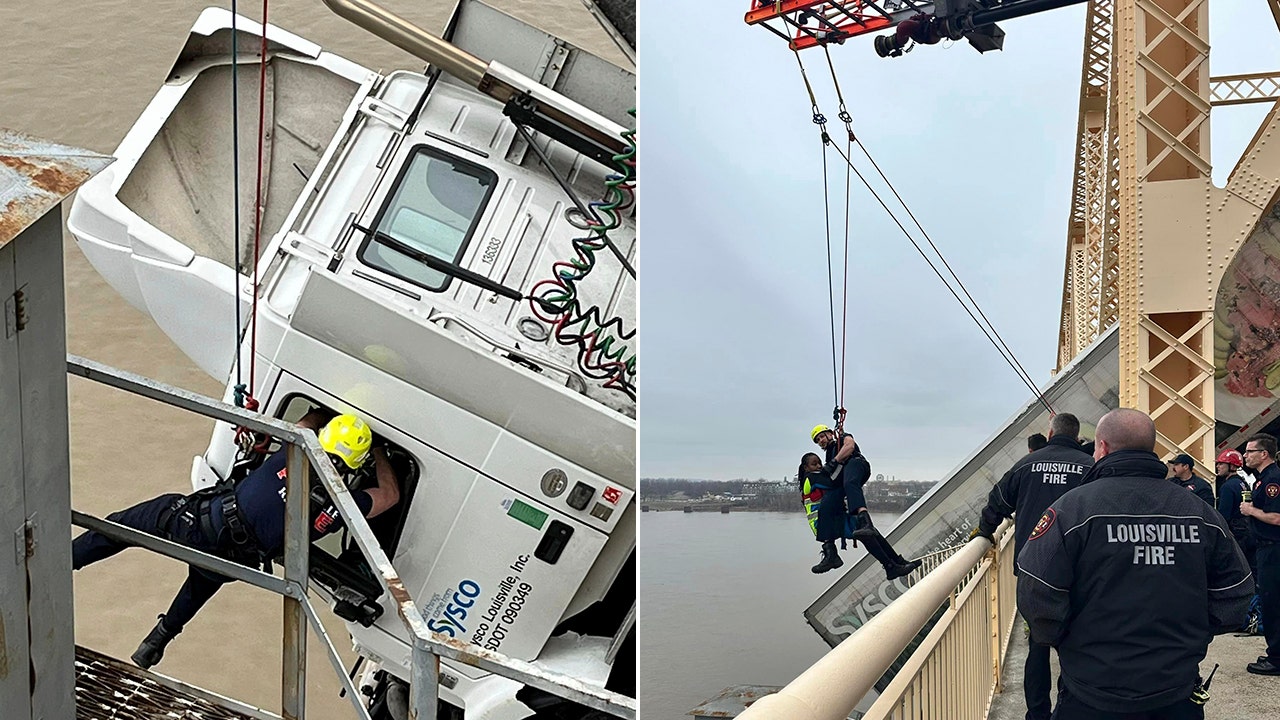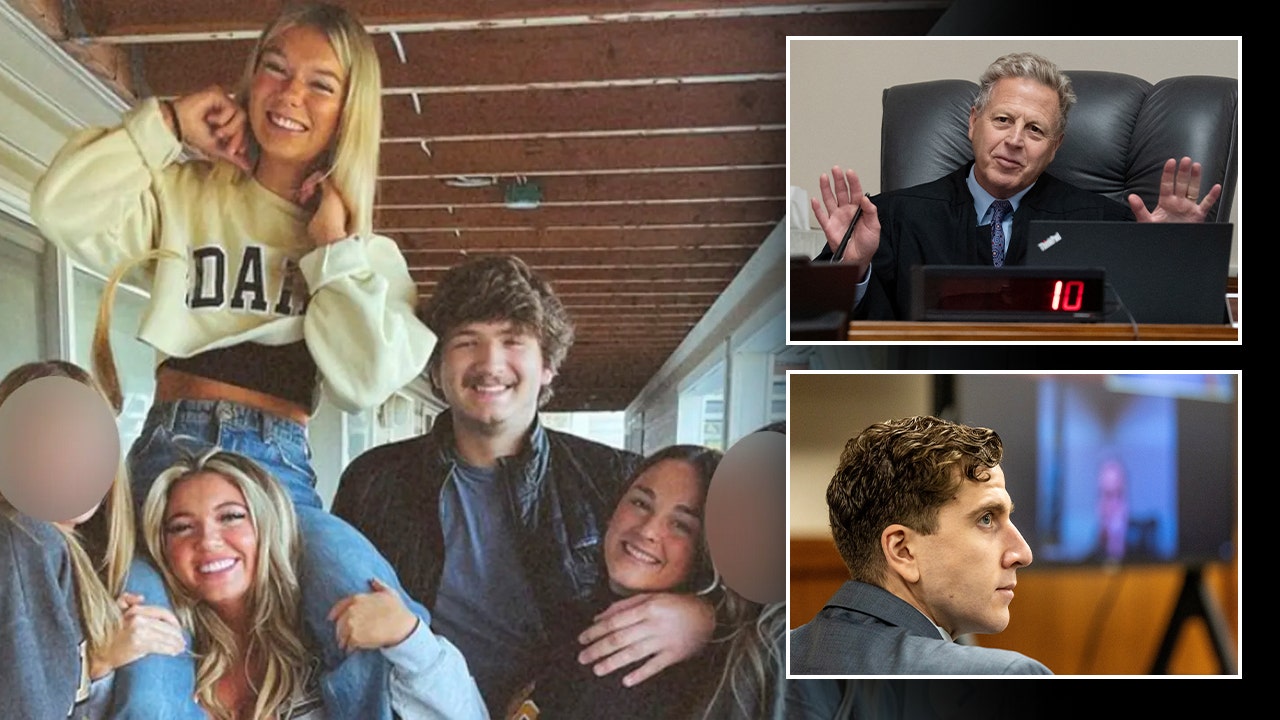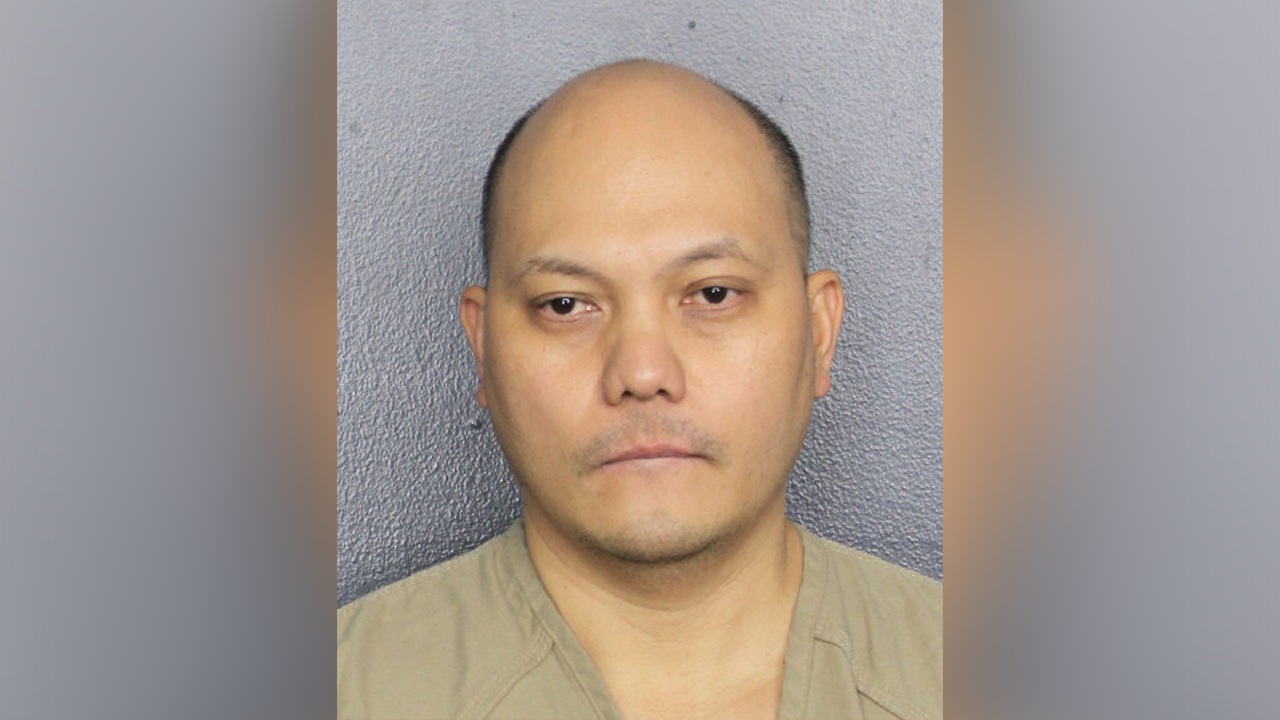Even by a conspiracy theorist’s standards, the wild claims made by Representative Clay Higgins, Republican of Louisiana, stand out.
The hard-right congressman, now in his fourth term in the House, has said that “ghost buses” took agent provocateurs to the Capitol on Jan. 6, 2021, to instigate the riot. He has claimed that the federal government is waging a “civil war” against Texas. And he has called the criminal charges against former President Donald J. Trump for mishandling classified documents a “perimeter probe from the oppressors.”
But far from relegating Mr. Higgins to the fringe of their increasingly fractious conference, House Republicans have elevated him. They made him the chairman of the subcommittee overseeing border enforcement, and Speaker Mike Johnson named him one of 11 impeachment managers tasked with trying to remove the homeland security secretary from office in a Senate trial set to take place next week.
None of it has dampened Mr. Higgins’s penchant for spreading unsupported theories, many of which portray law enforcement and the government in an evil, conspiratorial light.
This week, in a lengthy podcast interview, he expounded at length on his belief — based, he said, on his own extensive investigation and evidence that only he has been able to see — that federal law enforcement officers entrapped Mr. Trump’s supporters into violently attacking the Capitol on Jan. 6. He was repeating a conspiracy theory that has been debunked repeatedly.
Over the course of a two-hour interview on the “Implicit Bias” podcast, Mr. Higgins, wearing a shirt emblazoned with the logo of the Three Percenters, a right-wing antigovernment militia, repeated the lie that the 2020 election was fraudulent. He laid out an outlandish story that tied the rise of the coronavirus pandemic to what he said was a plot by the government to infiltrate pro-Trump online forums and urge members to engage in “riotous” behavior, as he put it.
Finally, he said, also groundlessly, that federal agents posing as Trump supporters traveled to Washington on Jan. 6 and tricked Mr. Trump’s backers into carrying out mob violence.
It was the latest reminder that, more than three years after the attack, right-wing Republicans at every level continue to spread falsehoods about what happened on Jan. 6 and are now seeking to use those lies as a rallying cry to denounce the government, promote Mr. Trump’s candidacy and rile up his supporters.
Mr. Higgins claimed that he had conducted his own investigation into what happened that day. He predicted that once House Republicans finish posting security footage of the attack online, charges against Jan. 6 defendants would crumble.
“The whole thing,” Mr. Higgins said, “was a nefarious agenda to entrap MAGA Americans.”
Mr. Higgins, who before coming to Congress was accused of using unnecessary force when he was a police officer, later gained fame through a series of popular videos that earned him the nickname “Cajun John Wayne.”
Now he is the chairman of the House Homeland Security subcommittee on border enforcement. Neither Mr. Higgins nor Mr. Johnson responded to requests for comment about his podcast appearance.
The outspoken Louisianian has long trafficked in conspiracy theories, but the podcast interview that aired this week, which he promoted on social media, covered an unusually wide range of them.
For instance, Mr. Higgins said it was “very suspicious” that while votes in the presidential election were being counted, Joseph R. Biden Jr. overtook Mr. Trump in certain key states.
Describing the frustration of Trump supporters ahead of Jan. 6, he said, “We were witnessing the death of our republic.”
There is no evidence of widespread voter fraud in the 2020 election. That was a lie Mr. Trump told after he lost.
Mr. Higgins then laid out a long and convoluted theory that federal law enforcement embedded itself in various groups of Trump supporters around the country after the onset of the coronavirus pandemic — whose origins he said were suspicious on their own — riled them up and then encouraged them to go to the Capitol on Jan. 6.
“The original seeds of riotous or illegal or occupation behavior amongst these groups were planted by the F.B.I.-embedded agents in those groups,” Mr. Higgins claimed.
In fact, it was Mr. Trump who called for his supporters to amass in Washington on Jan. 6, telling them, “Be there, will be wild!”
No Jan. 6 defendant has successfully argued entrapment as a defense in court. Even a lawyer for the Proud Boys extremist group, whose members were charged with seditious conspiracy in connection with the attack, stood up in court last year and called that theory “slander.”
The fact that some F.B.I. informants were in the crowd of tens of thousands has long been known, but it does not suggest the federal government was behind the attack. If anything, it points to the opposite: that the F.B.I. failed at using the assets it had in extremist organizations to learn in advance that an attack might be coming.
Steven M. D’Antuono, the former leader of the F.B.I.’s Washington field office, testified before the House Judiciary Committee that he believed there may have been a “handful” of people who had previously served as informants for field offices who were in the crowd that day. But, he said, they had not been asked by the bureau to attend.
Most of the known informants in far-right groups like the Proud Boys were not, by their own accounts, recruited by the F.B.I. to reveal secrets about their own organizations. Instead, they have said they were approached by the bureau to share what they knew about leftist movements like antifa.
One of the F.B.I. informants in the crowd on Jan. 6 was James Ehren Knowles, a member of the Proud Boys Kansas City chapter. Right-wing politicians and pundits have sought to spin Mr. Knowles’s presence at the Capitol into a narrative suggesting that the bureau used covert operatives to instigate the riot, but he told a very different story under oath during the Proud Boys’ seditious conspiracy trial.
Mr. Knowles testified that he was not acting “at the direction of the F.B.I.” that day, but had joined the crowd as a member of the far-right group — or what a prosecutor described as “an independent human” making his own decisions.
Mr. Higgins said his claims of “ghost buses” came from a whistle-blower who said he saw two white tour buses at Union Station early in the morning on Jan. 6, which later disappeared. Tour buses carrying visitors to Washington are a nearly omnipresent sight in the area, especially on days when large events — such as Mr. Trump’s rally on the Ellipse on Jan. 6 — are planned.
“We don’t know what happened to them,” Mr. Higgins said ominously during the podcast. “I don’t run the F.B.I., man.”
Christopher A. Wray, the F.B.I. director, has said unequivocally that his agency had no role in causing the riot at the Capitol. “If you are asking whether the violence at the Capitol on Jan. 6 was part of some operation orchestrated by F.B.I. sources and/or agents,” Mr. Wray said, “the answer is emphatically no.”
As his podcast hosts sampled expensive whiskey, Mr. Higgins claimed that the unreleased Capitol surveillance footage would clear the Jan. 6 rioters, and he said he had access to inside information from their trials.
“Once this is all out, then these J6 prosecutions are going to start falling apart,” Mr. Higgins said. “And you’re going to see reversals of prosecution.”
But defendants and their lawyers would have access to the same information, including the Capitol security footage in the possession of House Republicans.
The Justice Department has charged more than 1,350 people in connection with the attack on the Capitol. The charges show a range of culpability. Some, including the leader of the Oath Keepers militia, have been convicted of seditious conspiracy and sentenced to lengthy prison terms. Others have been charged with merely trespassing and received no jail sentence.
The videos also show a range of approaches by police officers in different situations. Some fought a bloody battle to keep rioters from breaching the building; some tried to use persuasion to get people to leave the halls of Congress. Badly outnumbered, others are shown merely monitoring the crowd.
Six Capitol Police officers, out of a force of 2,000, were disciplined for their actions during the riot, including for unbecoming conduct and failure to comply with directives. But many more fought strenuously to keep the rioters out. About 150 police officers were injured during the assault.






